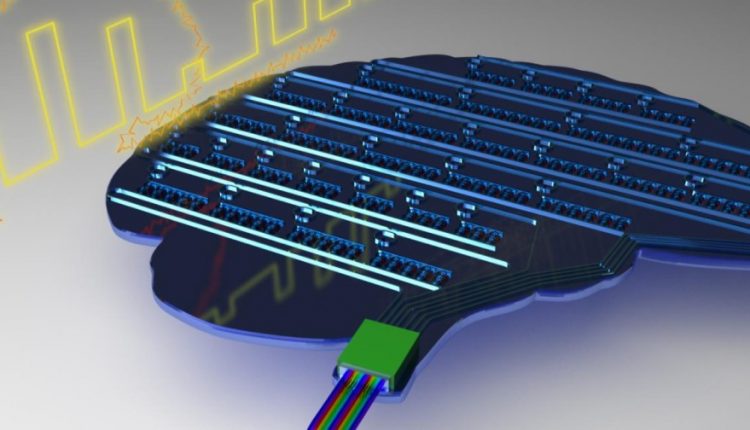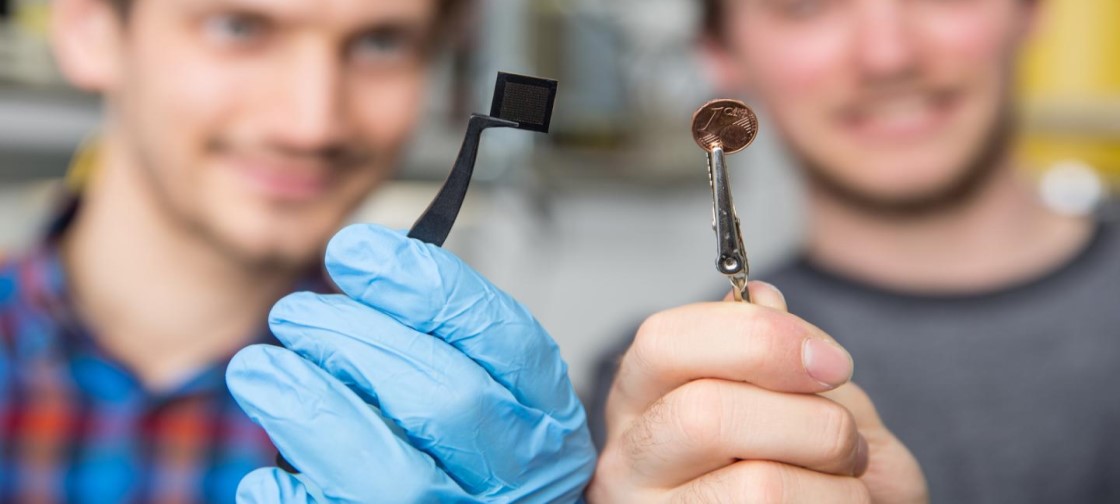
AI Takes One Step Closer to Functioning Like a Human Brain
By Dawn Allcot
On the heels of Purdue University researchers discovering a way to use magnets with brain-like networks for artificial intelligence applications, researchers at the Universities of Münster (Germany), Oxford and Exeter (both UK) have created light-based hardware that stores and processes information in a way that’s similar to the human brain. The chip contains a network of artificial neurons that works with light and can imitate the behavior of neurons and their synapses.
The human brain processes and stores information in its synapses, or connections between the million-billion neurons in the brain. Computers run up against limitations when processing data, because computers typically have separate memory and processor units; information transfer slows down when it must move between the two.
The researchers were able to demonstrate that an optical neurosynaptic network can “learn” information and use this as a basis for computing and recognizing patterns, just like a human brain.
As the system functions solely with light and not with traditional electrons, it can process data many times faster. Optical wave guides that can transmit light and can be fabricated into optical microchips are integrated with material that can change their optical properties dramatically depending on whether the atoms are arranged in a regular fashion (crystalline) or an irregular fashion (amorphous). Already found today on re-writable DVDs and other storage media, the phase-change materials can be triggered by light if a laser heats the material.
Because the phase-change is so dramatic, the material can imitate synapses and the transfer of impulse between neurons, says lead author Johannes Feldmann.

In the study, the scientists succeeded for the first time to merge many nanostructured phase-change materials into one neurosynaptic network. The researchers developed a chip with four artificial neurons and a total of 60 synapses.
The researchers fed the system information in the form of light pulses, permitting the AI to learn from examples. In both supervised and unsupervised learning tests, the AI network was able to recognize a pattern based on the provided light patterns.
The hardware could, in the future, be used in medical applications, such as identifying cancer cells automatically, and more.
Story via University of Münster
